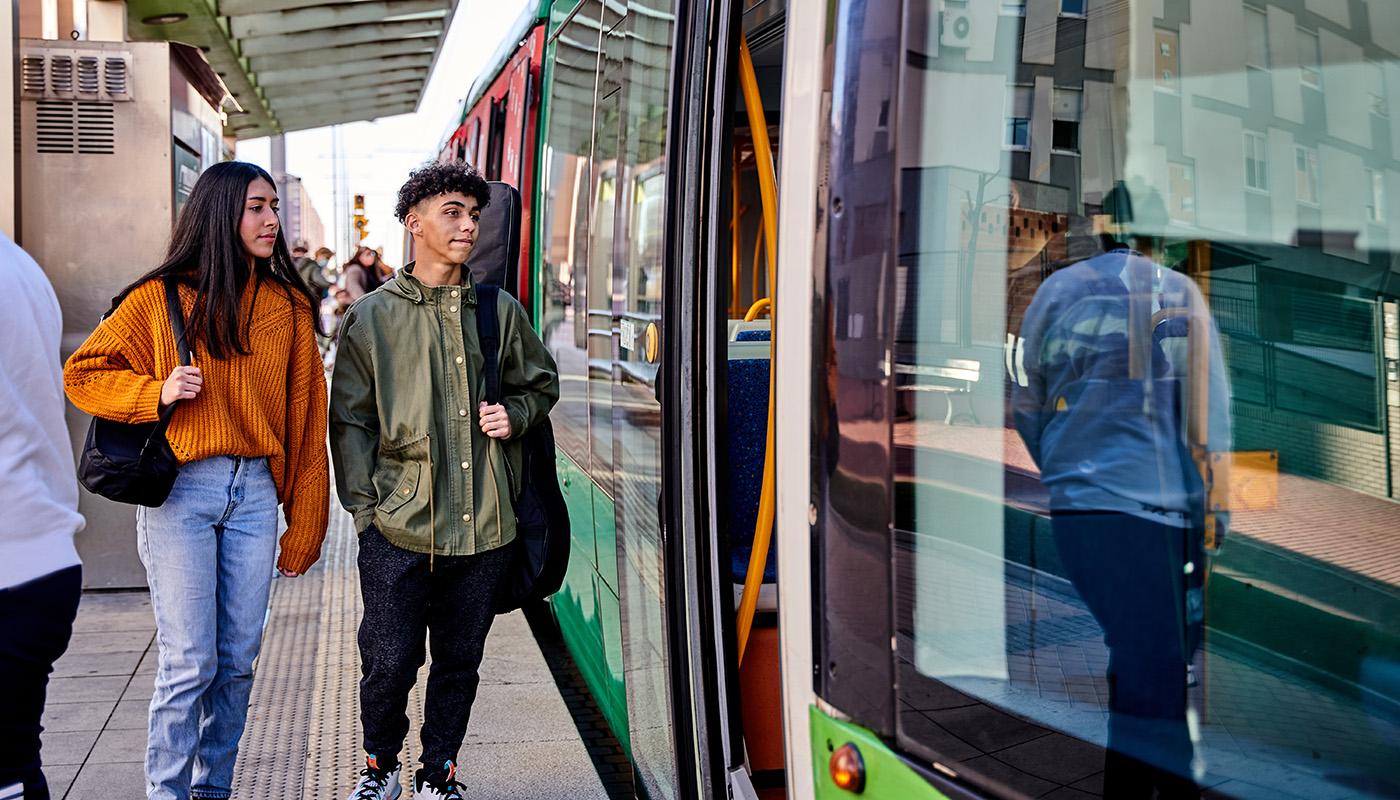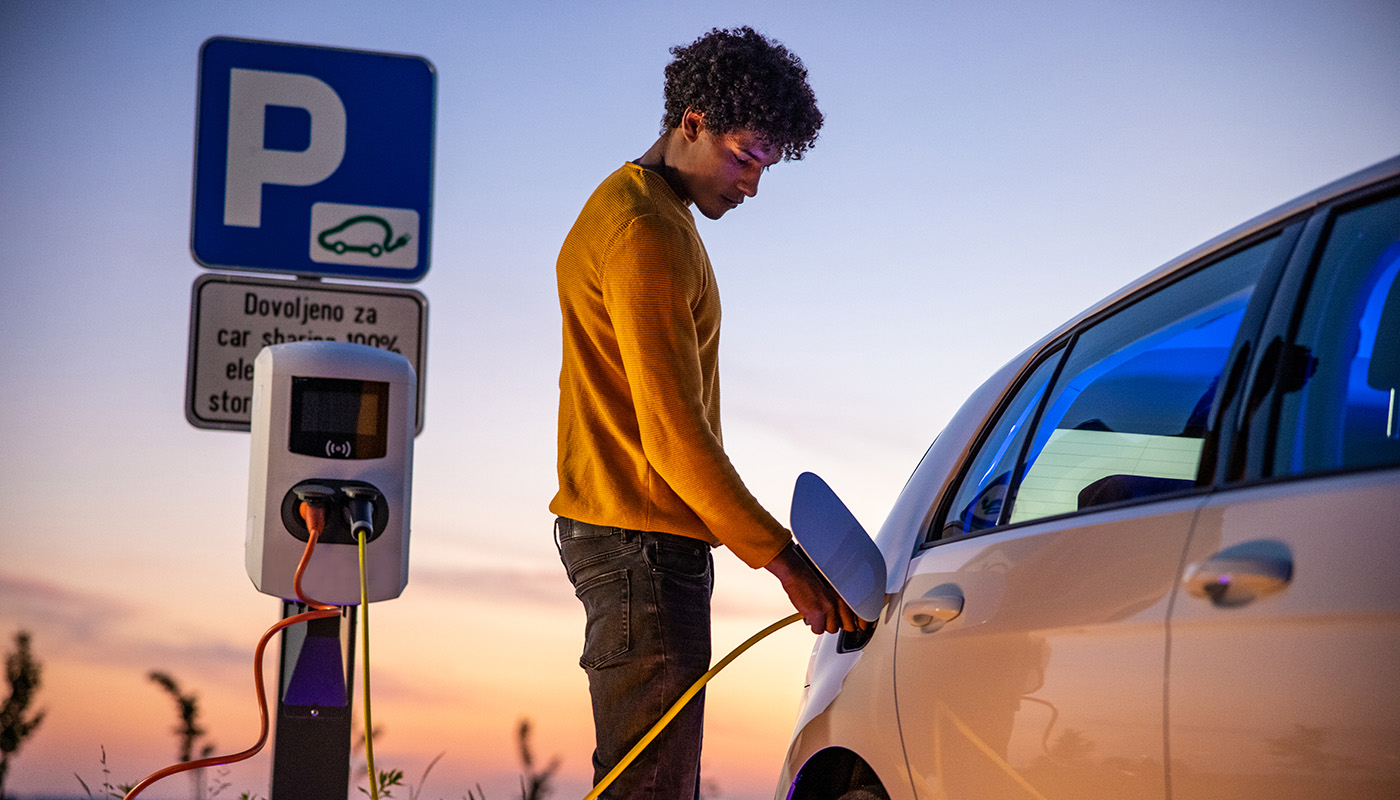Travel Earth Friendly with Sustainable Tourism
We should all strive to reduce our carbon footprint—and not just when we’re at home.
 iStock
iStock
Many of us take any opportunity we can to travel and see the world, but have you ever wondered about travel’s impact on the environment? With climate change a regular news topic, it’s important to think about our carbon footprint and ways to reduce it when we’re doing one of the things we love most.
In simple terms, a carbon footprint is the total amount of greenhouse gases—including carbon dioxide and methane—that are generated by our actions. Three of the most common examples of greenhouse gas-producing activities: burning gasoline when we drive, using oil or gas to heat our homes, and taking off in that big commercial jet.
Air travel contributes to climate change by emitting carbon dioxide, nitrogen oxides, contrails and particulates, which aren’t environmentally friendly.
Here are nine things you can do while traveling to minimize your carbon footprint.
 iStock
iStock
Use public transportation to promote sustainable travel.
One bus on the road is better than dozens of single-passenger carbon dioxide-emitting cars. And don’t forget trains! They’re efficient, can be more convenient and often less expensive, and offer a nice change of pace from driving on traffic-choked roads and during bad weather.
Ditch the single-use plastic bottles for more ecofriendly options.
Single-use plastic bottles are an environmental nightmare. Instead, have your own reusable container, which can cut your carbon footprint for the manufacture and transport of each single-use bottle plus save space in landfills.
 iStock
iStock
Stay at an ecofriendly hotel.
For help in finding suitable green accommodations, head to AAA.com/Diamonds and select the ecofriendly icon. This designation means that the hotel has been recognized by an established government or private green certification program—like the LEED rating system or the Green Key program—and that local properties have committed to working on their environmental performance.
Green travel efforts add up: Use a travel carbon calculator to see the extent of your travel emissions.
Calculate >>Turn off the lights.
Powering empty rooms and spaces is a huge energy drain. By turning off electrical devices and the lights in your hotel room when they’re not in use, you can make sure you’re not wasting power.
If the hotel you’re staying in seems to be a prime offender (TVs in common areas on when no one’s around, extra-bright lighting, etc.), you could politely suggest they install automatic, movement-sensing lights and energy-saving LED bulbs.
Promote sustainable travel with environmentally meaningful experiences.
Tourism Cares offers the “Meaningful Map of North America,” a tool you can use to find “social and environmental impact experiences” and offerings in the United States and Canada.
Enjoy off-season travel.
Help manage overcrowding and minimize the impact of humans on natural areas at popular destinations by traveling off-season. Heading to a national park or a beach can be much more manageable (and less expensive) if you visit in the late spring or early fall—the time periods known as the shoulder seasons.
 iStock
iStock
Drive an electric car.
Electric vehicles (EVs) are exhaust-free and library-quiet, and when it’s time to fill up—er, rather, plug in—AAA can help you find a charging station. Through the Trip Tik Travel Planner, EV drivers can locate more than 2,000 public charging stations across the U.S.
Put your car on a diet.
Remove excess weight from the car to help improve fuel economy. And remember, aggressive acceleration and speeding are also fuel wasters. AAADrive in the AAA Mobile app is a free tool that can help monitor smooth driving.
Cycle or walk instead of driving.
It’s good for you and good for the environment.